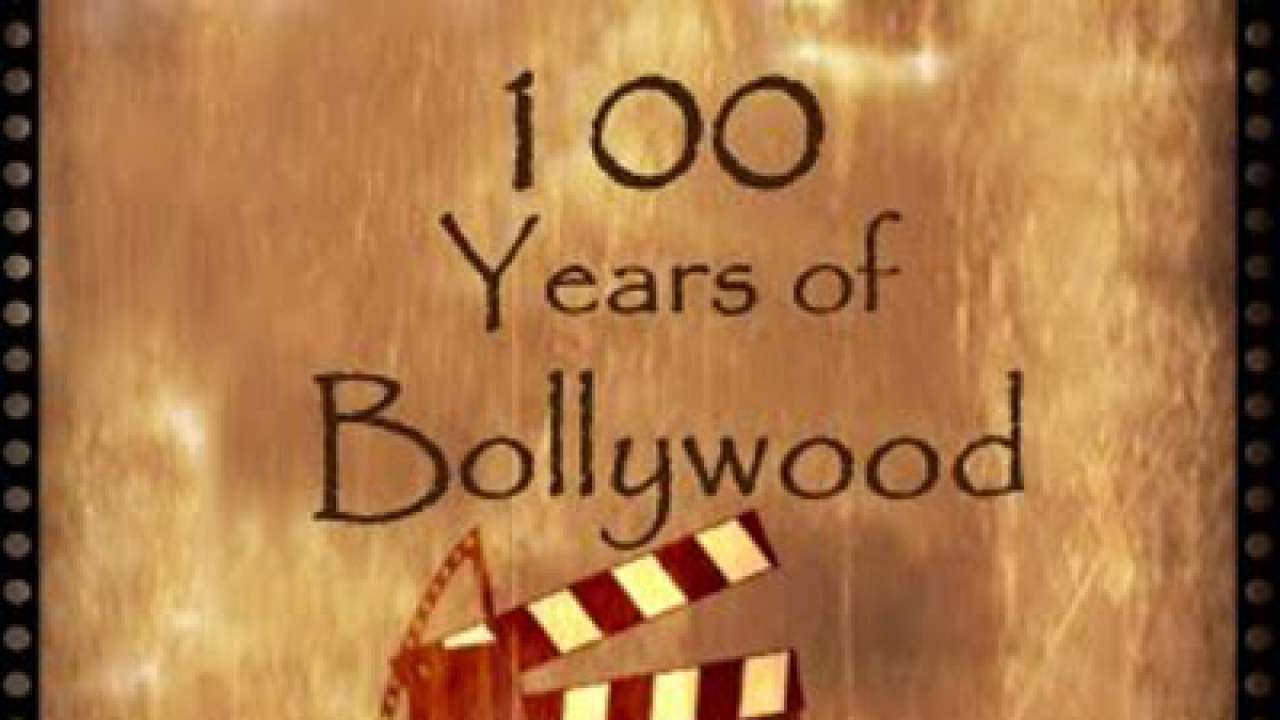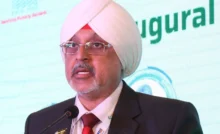The Gunjan Foundation puts on a magnificent evening that transports the audience from the musical styles of the 1900s to the 2000s. The audio-musical journey of Bollywood songs, “100 Years of Bollywood,” will be a fundraiser for the education of underprivileged children. Founded in 2004, the Gunjan Foundation has been supporting marginalised children with its educational and welfare missions. The crowd was mesmerised by the changes in music throughout time, which also reflected our own mental evolution from Sanatan thinking to independent India.
Taking us back to the history of Indian cinema and songs, Niche Entertainment and Gunjan Foundation, collaboratively, took us to the golden history of Indian cinema, which kicked off with a dance to the song “Jai Ho (Slumdog Millionaire)” sung by Niche Entertainment artists. The show presents a small clip from the movie, Raja Harish Chandra.
The trendy idea of music and playback singing in Indian cinema started with Alam Ara in 1931. The seven songs in Alam Ara revolutionised the Indian music industry. The romanticising of Hindi music like Hum Hai Rahi Pyar Ke Hum Se Kuch Na Boliye, by SD Burman, made the biggest hits, but with the influence of the Hollywood touch by composer C. Ramchandra, songs got transformed. Songs like Shola Jo Badke, Dil Mera Dadke in Albela exemplify a significant change in Hindi music.
Evergreen singers like Kishore Kumar and Asha Bhonsle were particularly the favourites of the king of Bollywood music, RD Burman. RD Burman wrote a number of hit songs, including O Mere Dil K Chain, Piya Tu Ab To Aaja, Aanewala Pal Janewala Hai, and others.
However, with the evolution of coloured films, the songs changed. In the 1960s, movies like Mughal-E-Azam were among the most expensive, with songs like “Pyar Kiya To Darna Kya” becoming huge hits. Cabaret item numbers such as Mai Kya Karu Ram Muje Buddha Mil Gya were introduced into Bollywood over time. It was claimed that the singer Lata Mangeshkar wasn’t pleased with the cabaret number in the movie Sangam.
During the 1970s, the idea of romance didn’t fade away, but the taste of the Indian audience changed. Action films were preferred, and with the slow advent of modern technology. In 1971, during the Emergency, Hindi films reached new heights, reflecting the preference for action movies. The introduction of fizz and pop culture in Bollywood started with Dum Maro Dum, Piya Tu Ab To Aaja by Asha Bhosle, and Mehbooba Mehbooba (Sholay), bringing new styles to Indian music.
In the 1980s, realistic movies like Bandit Queen hit the theatres. This is also the first time that pirated copies of the movies have hit the market. Jhankar Beats, Disco nights, and Western music began to penetrate the Indian music industry. Songs like Aa Dekhe Zara, Ek Hasina Thi, Papa Kehte Hai Badha Naam Karega became popular. Om Shanti Om became the first quadraphonic song. Instrumental music is also slowly gaining popularity in the cinema. Salman Khan and Madhuri Dixit were some of the popular actresses during that era.
As the world took a step into 1990, the introduction of DVD, WWW, brought a massive change. The death of the founder of the T-Series, Gulshan Kumar, revealed the dark secret of Bollywood’s link to the underworld. AR Rehman became the trendsetter for 90s people with music like Dil Hai Chota Sa. Other composers, such as Jatin-Lalit, created hit songs such as Koi Mil Gya and Tujhe Dekha To Yeh Jana Sanam.
The era of 2000 was filled with music like Dhoom Machale, Khwaja Mere Khwaja, Kal Ho Na Ho, which became the biggest hits amongst youngsters. ‘Devdas’ also became the greatest hit to be made in 10 versions from 1927 to 2010. The song Mujh Par Yeh Kisne Hara Rang Dala was translated into Hindi, Tamil, Assamese, Telegu, and Bengali. Songs from the movie Lage Raho Munna Bhai showed the cultural impact of Gandhian philosophy. Chak De India songs also inspired many. The movie Dirty Picture, with actress Vidya Balan, identified the actress with versatility. The songs in the movie also created ripples in the industry. Houseful, Golmal, Khiladi 786, and Rowdy Rathore are among the nonsense comedy films that have hit theatres.
Today, the youth identify with thematic music that celebrates the emotions of life. The founder of Gunjan Foundation, Sushma Singhvi, told TDG, “ I believe that there is always a right time and a right place. Sincere desire should be there and God will show you the path. Pick good people and have the right desire. People may doubt what we say but they believe what you do.





